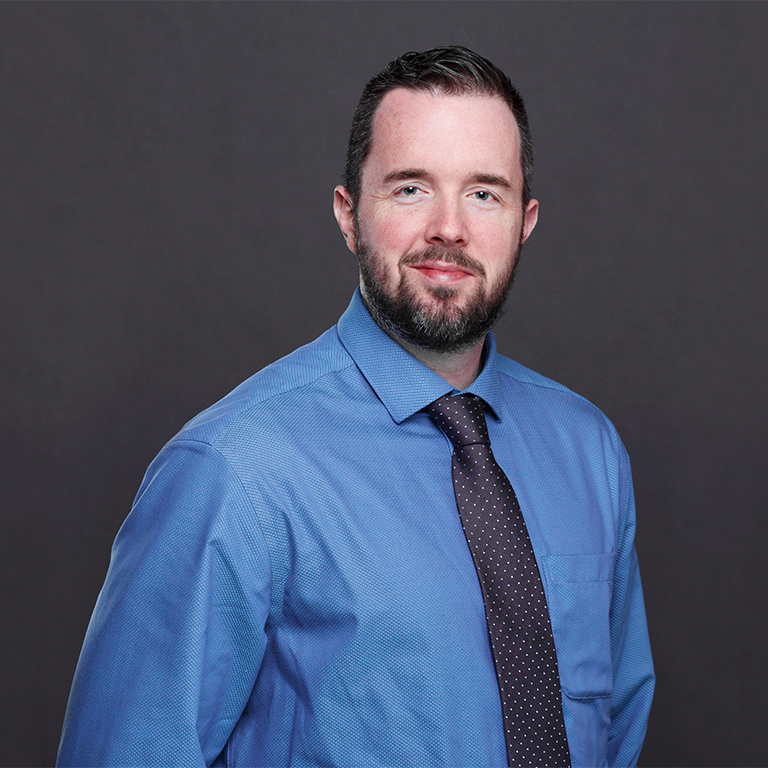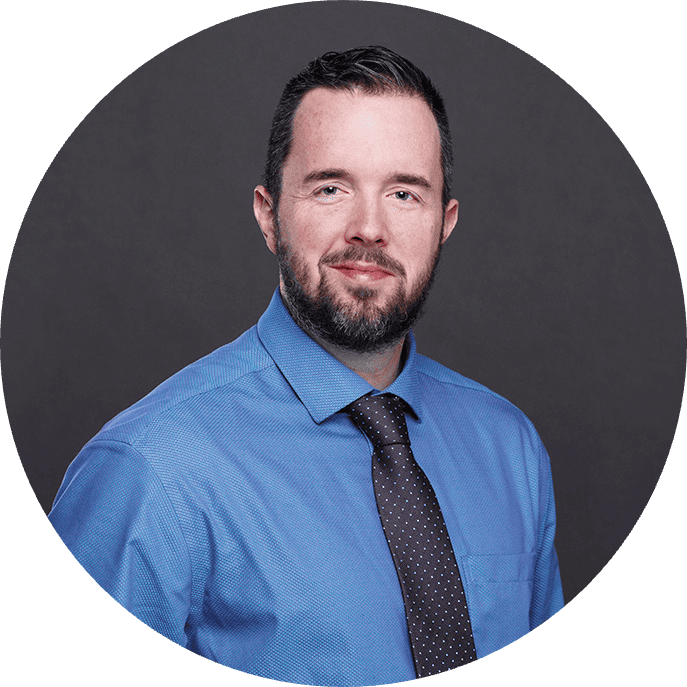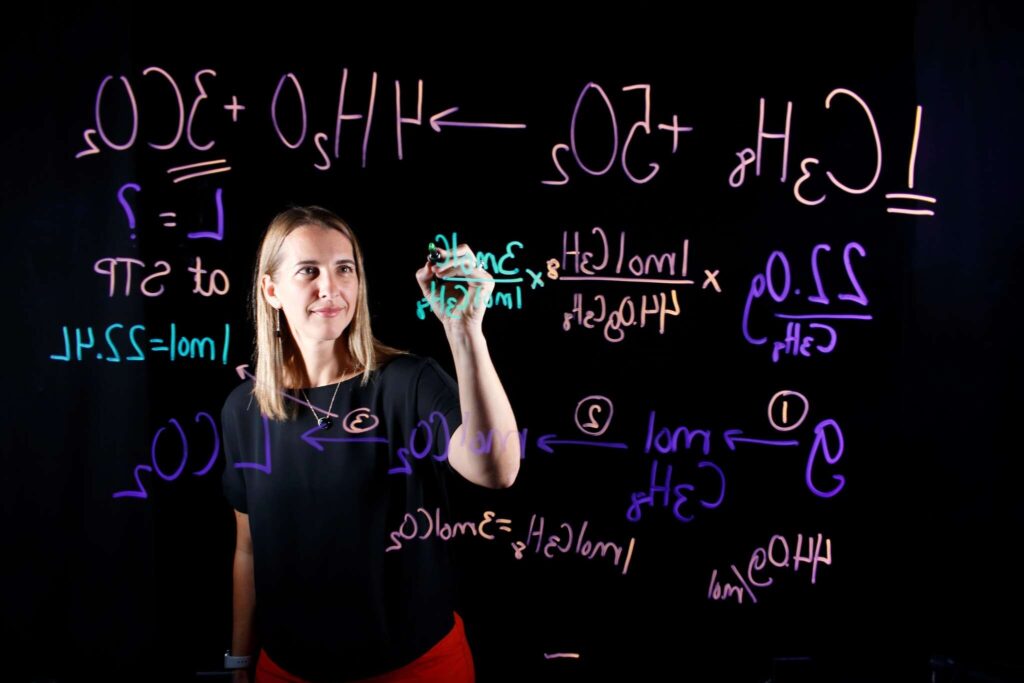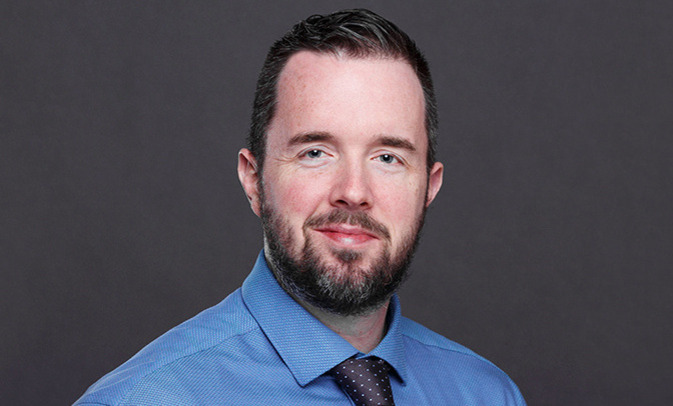Prescription for Success: Transforming Medical Education at Indiana University
345+
students taught each semester
10%
improvement in student exam scores
$$
reducing need for students to pay for question banks

The Challenge
Offering a consistent learning experience to 345 medical students across nine campus
For second year medical students at Indiana University, the Renal and Pulmonary Grand Rounds course has become a must-attend event. Over nine sessions, students put their knowledge into action using a case-based approach to tackle a variety of medical diagnoses. Adding weight is the chance to interact with a panel of experts, ranging from pathology to pediatrics. As students move through each case, they test their clinical reasoning skills by responding to dozens of interactive questions on Top Hat. When it comes to the opportunity for deliberate practice, it’s about as engaging and challenging as it gets.
“The beauty of Pulmonary Grand Rounds is we can show students why everything they’re learning is relevant,” says Dr. Graham Carlos, Bicentennial Professor of Medicine at Indiana University, and the program’s lead instructor. “We put them through exactly the sort of scenarios they’re going to face on a board exam, or in the ER for that matter.”
This commitment to high-quality learning has earned Dr. Carlos the ‘Golden Apple Award,’ one of the school’s top teaching honors, for an unprecedented eight consecutive years. Of course, like anything exceptional, getting to this place has required a big appetite for continuous improvement, and a keen eye for innovation.
With 345 students spanning nine campuses, Indiana University boasts the largest medical school in the country. However, in years past, geography and a mix of instructors across the state made the delivery of a consistent learning experience—a chief concern among students—particularly difficult. The looming prospect of writing final board exams meant students were also paying for subscription services in order to access practice questions, something the team, including Erich Bauer, an Instructional Technology Consultant at the school, felt should be addressed within the course itself.
The Solution
Solving for better learning
In 2017, Carlos and Bauer took a close look at Top Hat. The platform allowed for the sharing of lecture content across sections, which would ensure students in, say, Fort Wayne, received the same level of rigor and exam preparation as students at the South Bend or Bloomington campuses. Plus, any content updates, including the latest research, could be made centrally and then pushed out to instructors. The ability to host open, anonymous discussions would also provide opportunities to gather and respond to student feedback about the material and the course itself, all in real-time.
Perhaps the most compelling draw was Top Hat’s ability to support deliberate practice, a tenet in Dr. Carlos’ approach to teaching. A variety of interactive question types, from multiple choice to registering responses by clicking on diagrams and images, were well-suited to reinforcing the importance of process, and giving students a good taste of what they will eventually encounter working in an actual ER.
“What Top Hat does is it allows us to take students through the practice of breaking down each step of a diagnosis into the least common denominator to ensure full understanding,” says Carlos. “It gives learners a more comprehensive understanding of what’s happening with the patient so they can become terrific clinicians.”
Over the course of each three hour session, students explore cases by responding to hundreds of interactive questions in Top Hat, whether attending in person or through Zoom. They can also pose questions to the experts in attendance and ‘upvote’ especially useful comments or questions from their peers, a valuable time saver for teaching assistants charged with managing the discussion thread. To address points of confusion, Dr. Carlos and his fellow panelists annotate slides on the fly to provide added clarity. But perhaps the most valuable tool in improving the quality of instruction has been the ability to collect anonymous, off the cuff feedback—something Carlos makes a point of doing every session.
“I leave the discussion board on the screen in front of everybody so they can see the feedback raw and let me know whether they feel lost or to keep going,” says Dr. Carlos. “This is much more helpful than end of course feedback, because if I see that students are getting hung up on a particular concept I can act on it as soon as the next day.”

The Results
Improving outcomes for students and future patients
This commitment to continuous improvement has resulted in skyhigh attendance across these combined virtual and in-class sessions. And if students can’t attend, they can watch the session recording and practice responding to questions in Top Hat, rather than shelling out of pocket for third-party question banks.
The focus on consistency and providing opportunities for deliberate practice has been a key factor in eliminating student concerns about whether they’re being adequately prepared for high-stakes exams. The data also speaks volumes of the impact these changes have had. Students who attend all nine Respiratory and Pulmonary Grand Rounds score an average of 10 percent higher on their final exams than those who attend only one. That’s a good thing since most students are reluctant to let anything get in the way of learning from Dr. Carlos and his team.
What Top Hat does is it allows us to take students through the practice of breaking down each step of a diagnosis into the least common denominator to ensure full understanding. It gives learners a more comprehensive understanding of what’s happening with the patient so they can become terrific clinicians.









